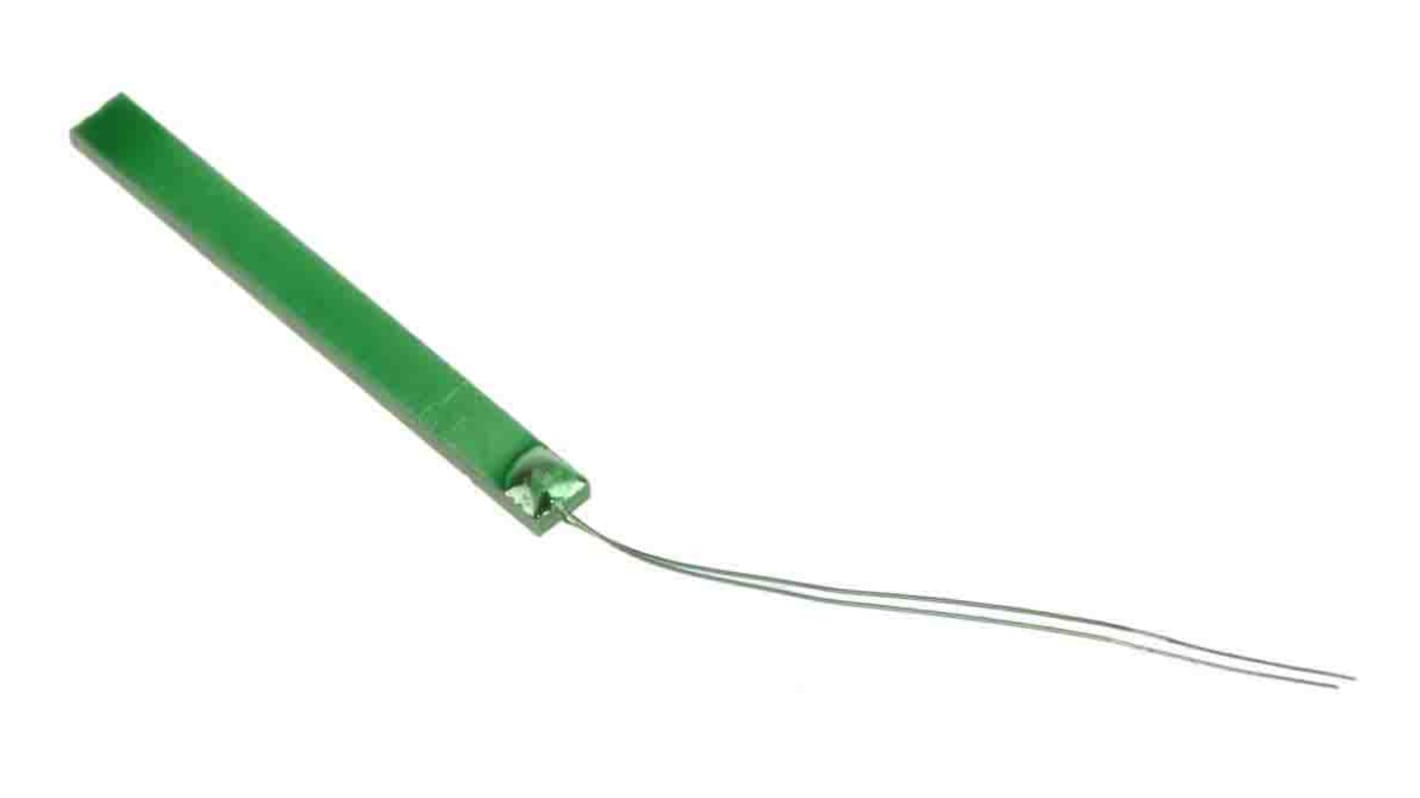RS PRO Vibration Sensor, 100 Hz, -15°C → +55°C
- RS Stock No.:
- 285-784
- Distrelec Article No.:
- 304-07-011
- Brand:
- RS PRO

Subtotal (1 pack of 5 units)*
£16.89
(exc. VAT)
£20.27
(inc. VAT)
FREE delivery for orders over £50.00
In Stock
- Plus 885 unit(s) shipping from 01 December 2025
- Plus 70 unit(s) shipping from 01 December 2025
Need more? Click ‘Check delivery dates’ to find extra stock and lead times.
Units | Per unit | Per Pack* |
|---|---|---|
| 5 + | £3.378 | £16.89 |
*price indicative
- RS Stock No.:
- 285-784
- Distrelec Article No.:
- 304-07-011
- Brand:
- RS PRO
Specifications
Technical Reference
Legislation and Compliance
Product Details
Find similar products by selecting one or more attributes.
Select all | Attribute | Value |
|---|---|---|
| Brand | RS PRO | |
| Switching Frequency | 100 Hz | |
| Length | 15mm | |
| Width | 1.5mm | |
| Depth | 0.6mm | |
| Minimum Operating Temperature | -15°C | |
| Maximum Operating Temperature | +55°C | |
| Dimensions | 15 x 1.5 x 0.6 mm | |
| Select all | ||
|---|---|---|
Brand RS PRO | ||
Switching Frequency 100 Hz | ||
Length 15mm | ||
Width 1.5mm | ||
Depth 0.6mm | ||
Minimum Operating Temperature -15°C | ||
Maximum Operating Temperature +55°C | ||
Dimensions 15 x 1.5 x 0.6 mm | ||
RoHS Status: Exempt
- COO (Country of Origin):
- JP
RS Pro Vibration Sensor
Our own brand, RS Pro piezoceramic bi-morph element is a versatile, low power electromechanical transducer that is capable of converting mechanical or acoustic energy into electrical energy.
How does this vibration sensor work?
When the element is stressed or subjected to vibration, the minute movement causes one layer to be under tension whilst the other is under compression. Since the two layers are polarised in opposite directions the opposites stresses in each layer will produce an electrical output or charge.
Features & Benefits
• Option to use the sensor in reverse at 50 to 60 V dc
• Deflection of 10 to 20 μm
• Moisture resistant, green polyurethane varnish coating
• Non-magnetic
• Length 15 mm, width 1.5 mm and depth 0.6 mm
• High compliance, low mass
• Super-efficient
• High capacitance, low impedance
• Deflection of 10 to 20 μm
• Moisture resistant, green polyurethane varnish coating
• Non-magnetic
• Length 15 mm, width 1.5 mm and depth 0.6 mm
• High compliance, low mass
• Super-efficient
• High capacitance, low impedance
A little more info
Did you know that a vibration sensor is also known as piezoelectric sensor? They are also a high functioning, versatile tool that is used for the measurement of a multitude of processes within industries such as the medical industry, engineering, and nuclear technicians. A vibration sensor uses something called the piezoelectric effect - which is something that measures the changes in pressure, acceleration, temperature, strain or the force of something through converting them to an electrical charge. A vibration sensor can also be used to determine aromas in the air by simultaneously measuring resonance and capacitance.
Related links
- Honeywell Vibration Sensor -55°C → +120°C
- RS PRO Vibration Sensor 20 mA Max 1 kHz, -40°C → +85°C
- RS PRO Vibration Sensor 20 mA Max 1 kHz, -40°C → +85°C
- RS PRO Vibration Sensor 28V Max -40°C → +120°C
- Monitran Vibration Sensor -55°C → +140°C
- Monitran Vibration Sensor -55°C → +120°C
- RS PRO Vibration Sensor 20 mA Max 1 kHz, -40°C → +85°C
- Allen Bradley Vibration Sensor -55°C → +120°C
